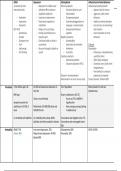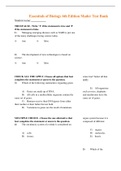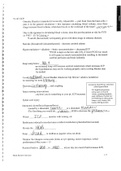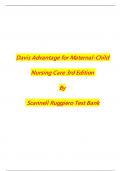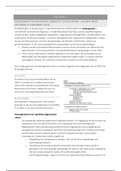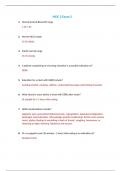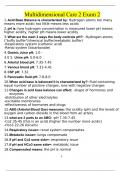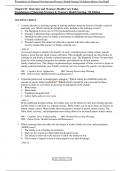Resumen
Summary Overview of the diseases discussed in the course Molecular Principles of Brain Disorders
- Grado
- Institución
I passed this course with an 8.5 Also, check out the neurodegenerative diseases summary with all the study material on that part of the course. This overview contains (psychiatric diseases): -symptoms -prevalence - Heritability - Brain area's - Genes - Environmental factors - treatmen...
[Mostrar más]
